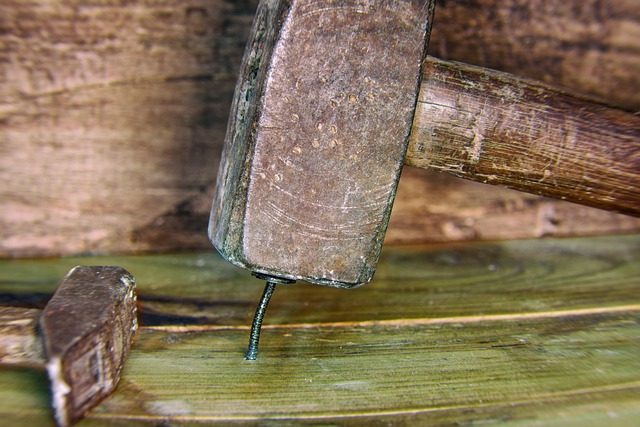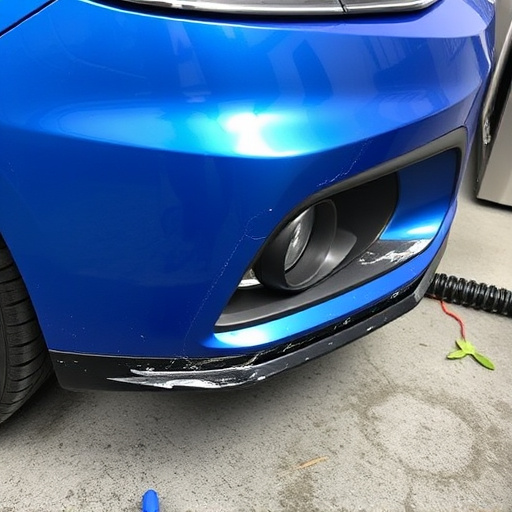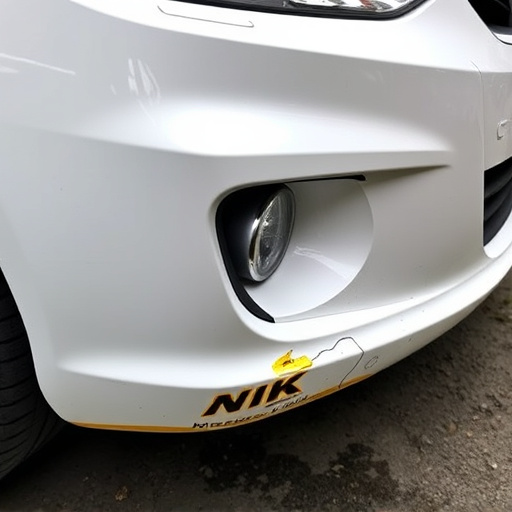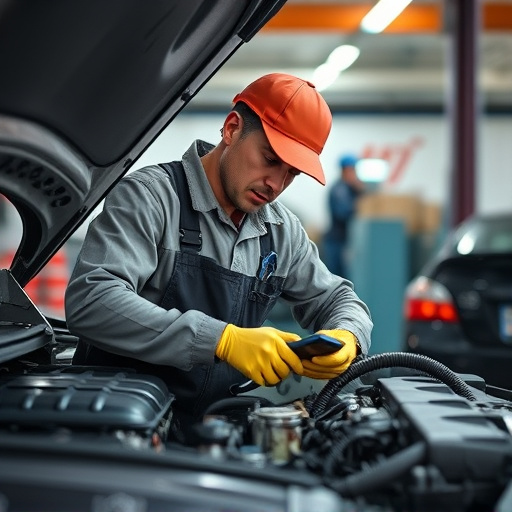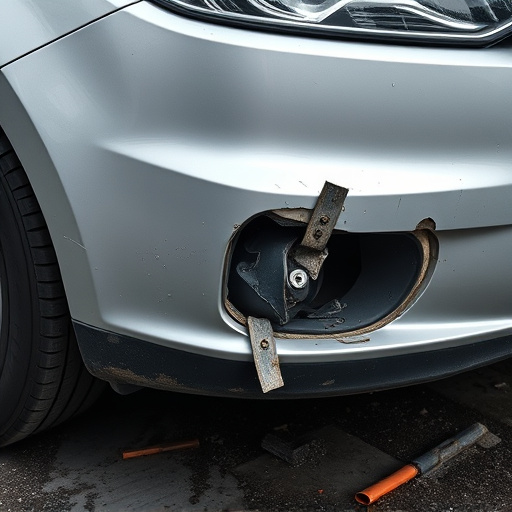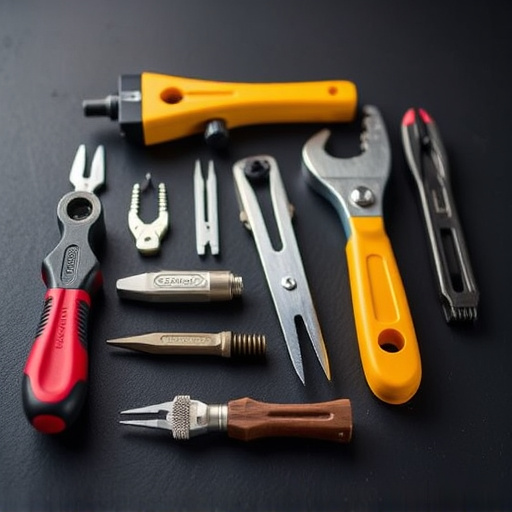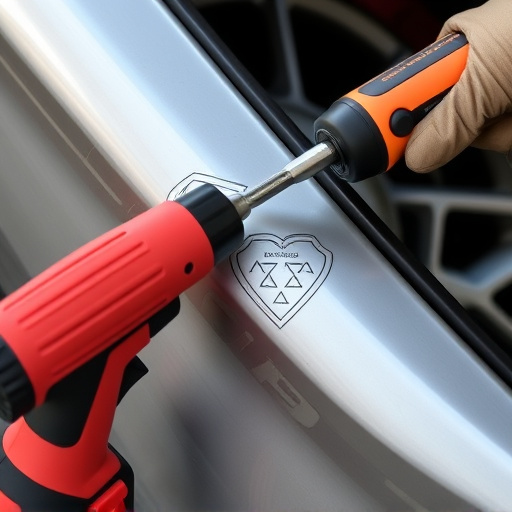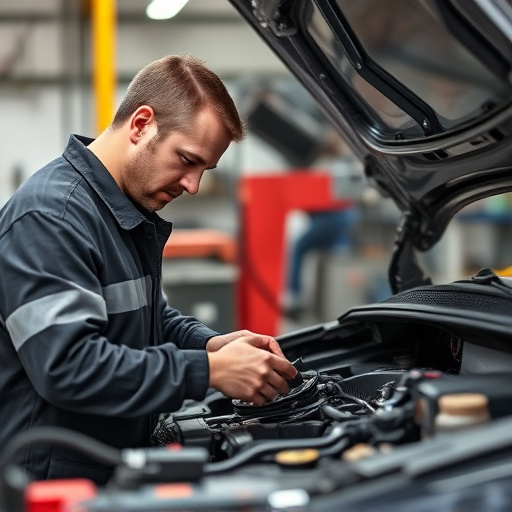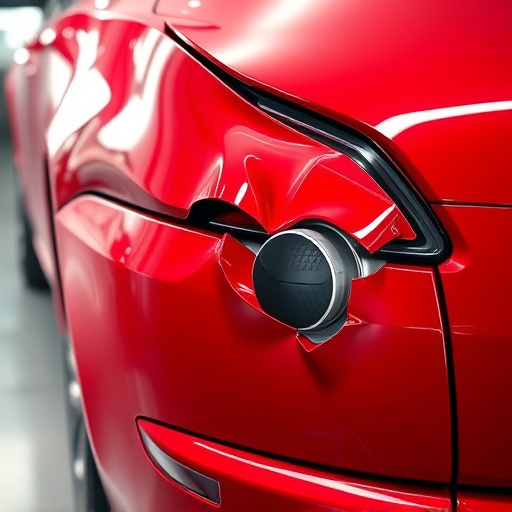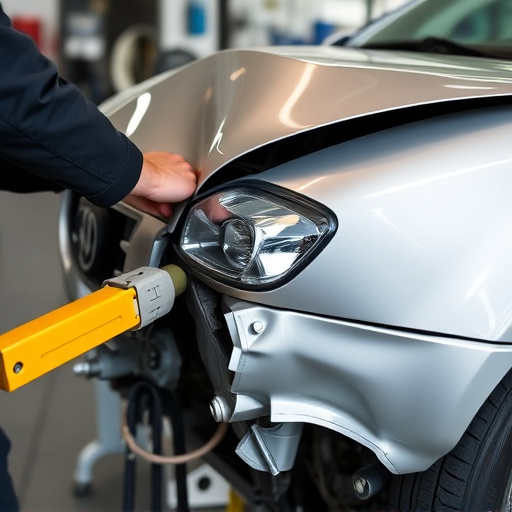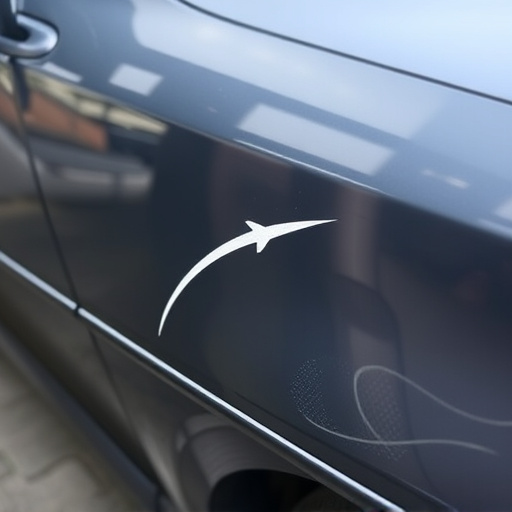Tesla employs post-repair remote diagnostics as a vital quality control measure, utilizing advanced technology for comprehensive inspections and testing from a distance. This system ensures certified shops meet Tesla's high standards, particularly in intricate areas like EV powtrains and paint jobs. Through performance tests, sensor calibrations, and software updates, potential issues are identified early, enhancing customer satisfaction and preserving Tesla's reputation for excellence in both manufacturing and repair services. Proper documentation is crucial to track anomalies and maintain compliance with Tesla guidelines for remote diagnostics after repairs.
Tesla vehicles are renowned for their cutting-edge technology, including remote diagnostics capabilities. Following a repair, conducting comprehensive Tesla remote diagnostics is essential to meet manufacturer standards and ensure vehicle compliance. This article delves into the process, highlighting its significance in maintaining Tesla’s stringent quality controls. We’ll explore best practices, covering every step from post-repair assessments to meticulous documentation, ensuring your Tesla remains a testament to precision engineering.
- Understanding Tesla Remote Diagnostics: A Comprehensive Overview
- The Role of Post-Repair Remote Diagnostics in Ensuring Compliance
- Best Practices for Conducting and Documenting Tesla Remote Diagnostics After Repairs
Understanding Tesla Remote Diagnostics: A Comprehensive Overview

Tesla remote diagnostics after repair is an advanced system that ensures every vehicle returned to its owner meets Tesla’s stringent standards. This process involves a thorough inspection and testing routine conducted remotely by specialized technicians, who can identify and rectify any issues from a distance. By leveraging cutting-edge technology, Tesla guarantees the accuracy and reliability of repairs, even for complex components like auto glass repair or classic car restoration after hail damage.
The system encompasses various checks, including performance tests, sensor calibrations, and software updates, to verify every aspect of the vehicle’s functionality. This approach not only ensures compliance but also offers convenience by eliminating the need for in-person visits, saving time and providing peace of mind that the repaired vehicle is in top condition.
The Role of Post-Repair Remote Diagnostics in Ensuring Compliance
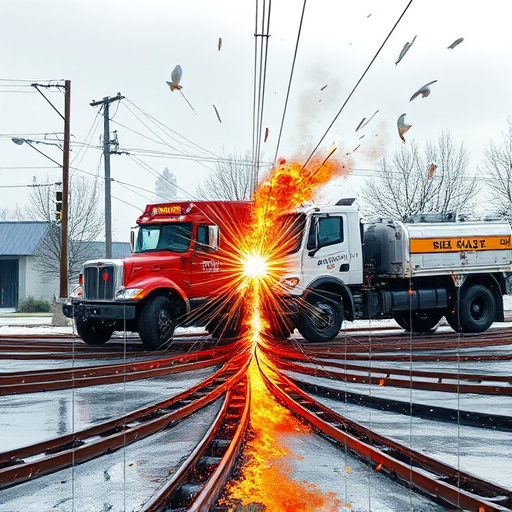
Post-repair remote diagnostics play a pivotal role in ensuring that Tesla vehicles meet the brand’s stringent standards after any service or collision. By utilizing advanced technology, auto collision centers and car body restoration facilities can perform detailed assessments remotely, confirming that every component is functioning optimally. This process is especially crucial for complex systems like electric vehicle (EV) powertrains and intricate vehicle paint repairs, where precision and adherence to Tesla’s guidelines are essential.
Through remote diagnostics, professionals can identify any discrepancies or issues not immediately visible during a physical inspection. This includes checking electrical systems, software updates, and even the quality of recent vehicle paint repair jobs. By catching potential problems early on, auto collision centers can prevent future complications, ensuring customer satisfaction and maintaining Tesla’s reputation for excellence in vehicle manufacturing and repair services.
Best Practices for Conducting and Documenting Tesla Remote Diagnostics After Repairs
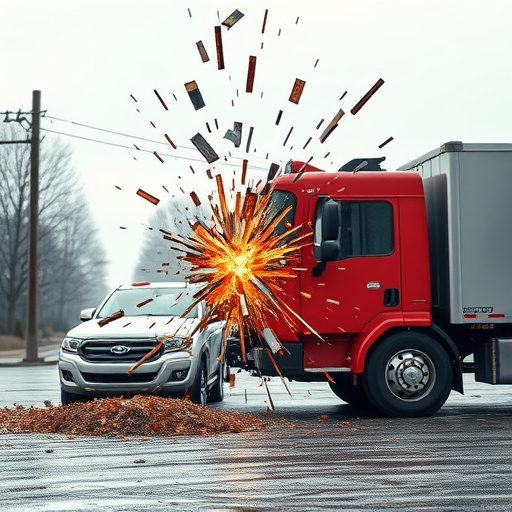
After completing a repair at a certified Tesla car body shop or collision repair service, conducting thorough remote diagnostics is an essential best practice. This process ensures that the vehicle meets Tesla’s stringent standards and offers peace of mind to both owners and service providers. It involves a comprehensive check of various systems, from powertrain and battery performance to safety features and overall vehicle integrity.
Proper documentation is key during this stage. Technicians should meticulously record all diagnostic findings, ensuring they are clear and concise. This includes taking screenshots or logging system data as evidence of the car’s operational status post-repair. Such detailed records facilitate tracking any anomalies, aid in future reference, and help maintain compliance with Tesla’s guidelines for Tesla remote diagnostics after repair.
Tesla remote diagnostics after repair play a pivotal role in maintaining compliance with the company’s high standards. By conducting thorough post-repair assessments remotely, service centers can ensure that vehicles meet Tesla’s rigorous criteria. This process not only saves time and resources but also enhances overall vehicle performance and customer satisfaction. Adhering to best practices for documenting these diagnostics is essential, providing a clear record of repairs and ensuring ongoing compliance with Tesla’s stringent guidelines.
